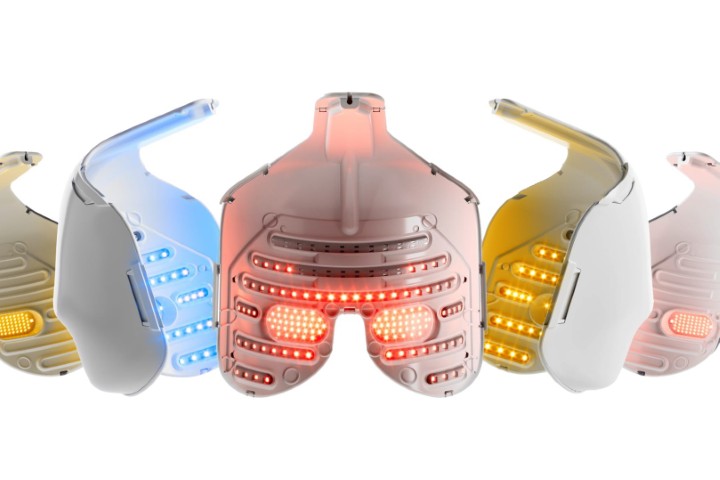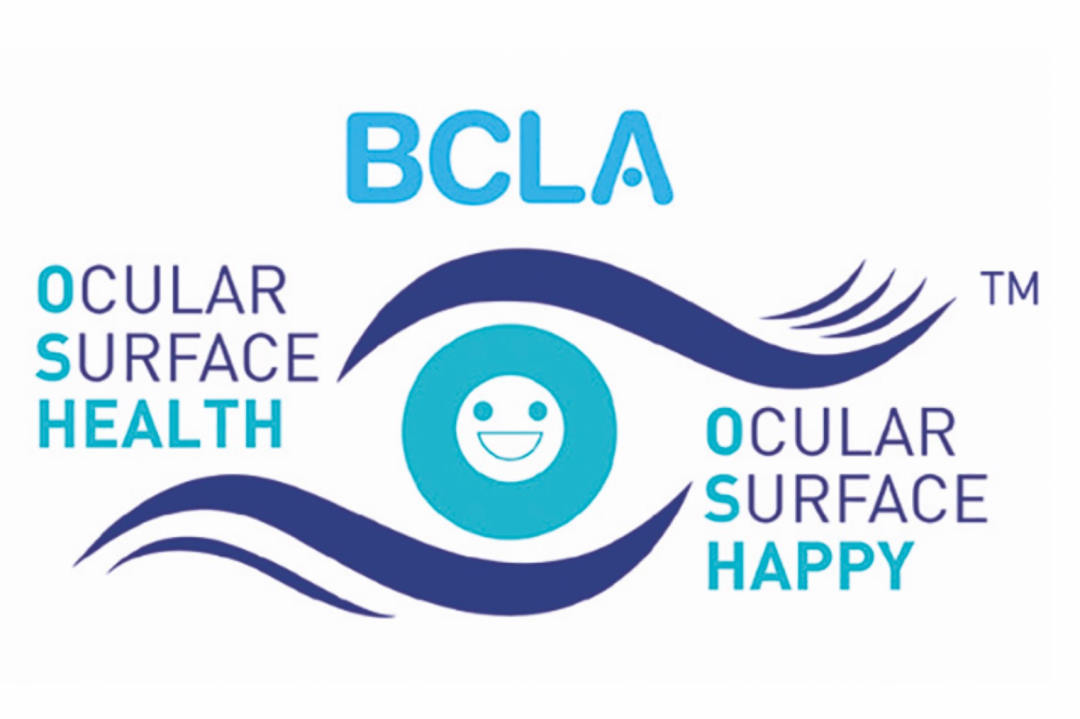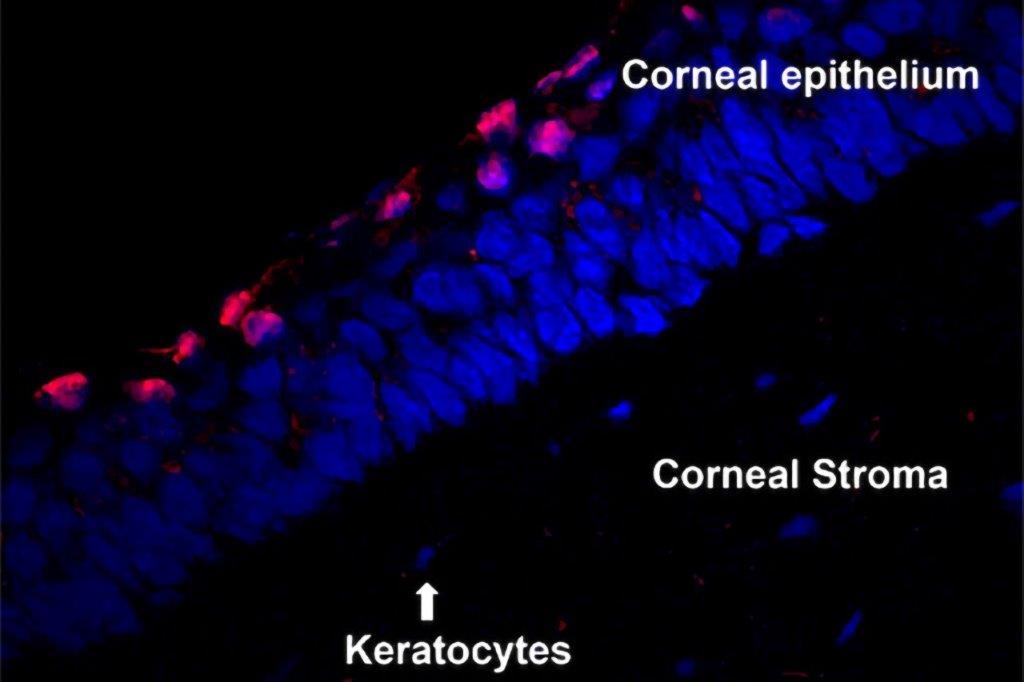DED: looking back for today's best practice
Dusting off my PhD thesis recently, during a historical fact-finding mission, provided an opportunity to reflect on how far dry eye clinical care has come in the last 30 years.
Under the astute guidance of my PhD supervisor, Professor Alan Tomlinson, formerly professor of vision science at Glasgow Caledonian University, I investigated dry eye pathophysiology. My clinical research findings allowed me to hypothesise that changes in tear film stability due to lipid layer insufficiency serve as a key trigger for increased evaporation and hyperosmolarity, ultimately leading to surface damage1,2 - features we recognise today as fundamental to the vicious circle of dry eye disease (DED)3. Learnings around that time heralded a change in our approach to ocular surface assessment: it was clear testing needed to become more diverse and also more sensitive if we were to identify DED in our patients at an earlier stage, as highlighted in the evidence-based findings of the Tear Film and Ocular Surface Society’s second dry eye workshop (TFOS DEWS II)4.
‘Pain without stain’ became a popular clinical catchphrase around a decade ago and it remains pertinent today. Not uncommonly, we see patients who exhibit minimal corneal staining and yet are burdened by chronic, debilitating symptoms that severely impact their quality of life. This clinical observation has been backed scientifically by several researchers, including in published studies by our group at the Ocular Surface Laboratory in the University of Auckland’s Department of Ophthalmology.
To better understand the natural history of dry eye disease, we’ve looked at a substantial numbers of cases, including in a registry-based study5. From a battery of sensitive and standard ocular surface tests, we were able to identify ocular surface changes occurring in children and young individuals, despite them reporting few or no symptoms. Early changes include incomplete blinking, lid wiper epitheliopathy (LWE) and meibomian gland dropout5,6.
Historically, ocular surface health status in young individuals risked being overlooked, yet it’s become apparent that these early changes may serve as a starting point and the first clinical indicators of DED development7,8.
One test to rule them all?
Fluorescein staining remains a definitive test of dry eye, albeit a late-stage finding, as confirmed in studies where prevalence estimates are derived from historical data based on standard clinical tests, such as fluorescein breakup time and staining as markers of DED9. However, studies exploring the natural history of DED development show us there are many early signs – ones we may want to look out for in our patients5 in the hope of intervening and mitigating progression towards more significant ocular surface disease. Fluorescein breakup time measurement is considered a relatively crude test due to the disruption the instillation of fluid causes to the carefully balanced tear film10. Only with the application of the tiniest fluorescein volumes can we offer measurement sensitivity comparable to that of non-invasive break-up time measurement4,11.
LWE turns out to be one of the earliest signs of ocular surface epithelial damage5. It’s perhaps not surprising when we think about the constant contact of the lid wiper zone with the ocular surface and the accumulative distance the eyelids traverse over this surface daily during blinking - comparable to the length of a football pitch! LWE is frequently seen (when you look for it!) in younger at-risk individuals, even in their 20s. However, if we’re waiting until corneal staining becomes apparent, it’s likely to take until their 50s before this becomes clinically significant5.
The scientific evidence published in the years since my PhD continues to support the notion that, by itself, there is no test sufficiently sensitive or specific to identify DED. It's clear, therefore, that we need to be applying more sensitive tests if we hope to identify DED-susceptible patients earlier. Non-invasive tests are ideal, but even with judicious use of fluorescein we can learn a lot, especially when we combine tests to improve the sensitivity and specificity of the diagnosis1,9, to allow for a more targeted therapeutic approach12.
Since my PhD, the expansion in our knowledge, in our diagnostic potential and in the available therapeutic options makes today a rewarding time to be managing DED, especially as it’s recognised that success in this domain needn’t be too costly for those with limited resources.
The global consensus TFOS DEWS II report, published in 2017, played an invaluable role in guiding current clinical practice based on available scientific evidence. With the seemingly exponential rate at which dry eye research is being published, our understanding will undoubtedly continue to evolve. It’s therefore most fortunate that the Tear Film and Ocular Surface Society is looking to devote its efforts once again towards consolidating the latest evidence to help provide guidance to clinicians and researchers in the coming years. Word on the street is that TFOS DEWS III may not be too far off… watch this space!
References
1. Craig J. Tear physiology in the normal and dry eye: Glasgow Caledonian University; 1995.
2. Craig J, Tomlinson A. Importance of the lipid layer in human tear film stability and evaporation. Optom Vis Sci. 1997;74:8-13.
3. Bron A, de Paiva C, Chauhan S, Bonini S, Gabison E, Jain S, et al. TFOS DEWS II Pathophysiology report. Ocul Surf. 2017;15:438-510.
4. Wolffsohn J, Arita R, Chalmers R, Djalilian A, Dogru M, Dumbleton K, et al. TFOS DEWS II Diagnostic Methodology report. Ocul Surf. 2017;15:539-74.
5. Wang M, Muntz A, Lim J, Kim J, Lacerda L, Arora A, et al. Ageing and the natural history of dry eye disease: A prospective registry-based cross-sectional study. Ocul Surf. 2020;18:736-41.
6. Wang MTM, Craig JP, Vidal-Rohr M, Menduni F, Dhallu S, Ipek T, et al. Impact of digital screen use and lifestyle factors on dry eye disease in the paediatric population. Ocul Surf. 2022;24:64-6.
7. Kim J, Wang M, Craig J. Exploring the Asian ethnic predisposition to dry eye disease in a pediatric population. Ocul Surf. 2019;17:70-7.
8. Wang M, Tien L, Han A, Lee J, Kim D, Markoulli M, et al. Impact of blinking on ocular surface and tear film parameters. Ocul Surf. 2018;16:424-9.
9. Papas E. Diagnosing dry-eye: Which tests are most accurate? Cont Lens Anterior Eye. 2023;46:102048.
10. Mengher L, Bron A, Tonge S, Gilbert D. Effect of fluorescein instillation on the pre-corneal tear film stability. Curr Eye Res. 1985;4:9-12.
11. Mooi J, Wang M, Lim J, Muller A, Craig J. Minimising instilled volume reduces the impact of fluorescein on clinical measurements of tear film stability. Cont Lens Anterior Eye. 2017;40:170-4.
12. Jones L, Downie L, Korb D, Benitez-Del-Castillo J, Dana R, Deng S, et al. TFOS DEWS II Management and Therapy report. Ocul Surf. 2017;15:575-628.
Professor Jennifer Craig heads the Ocular Surface Laboratory at the University of Auckland, is a member of the TFOS board and TFOS ambassador for New Zealand, and is a global ambassador and fellow of the BCLA.


























